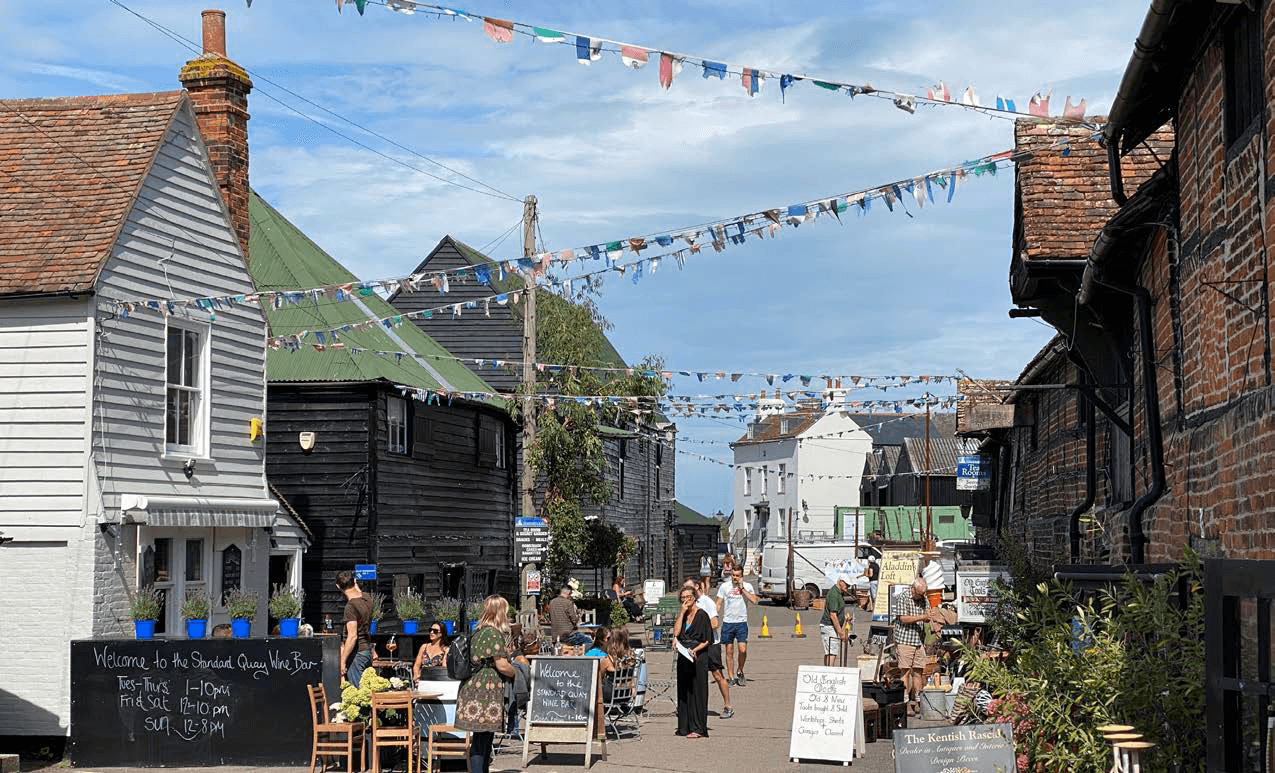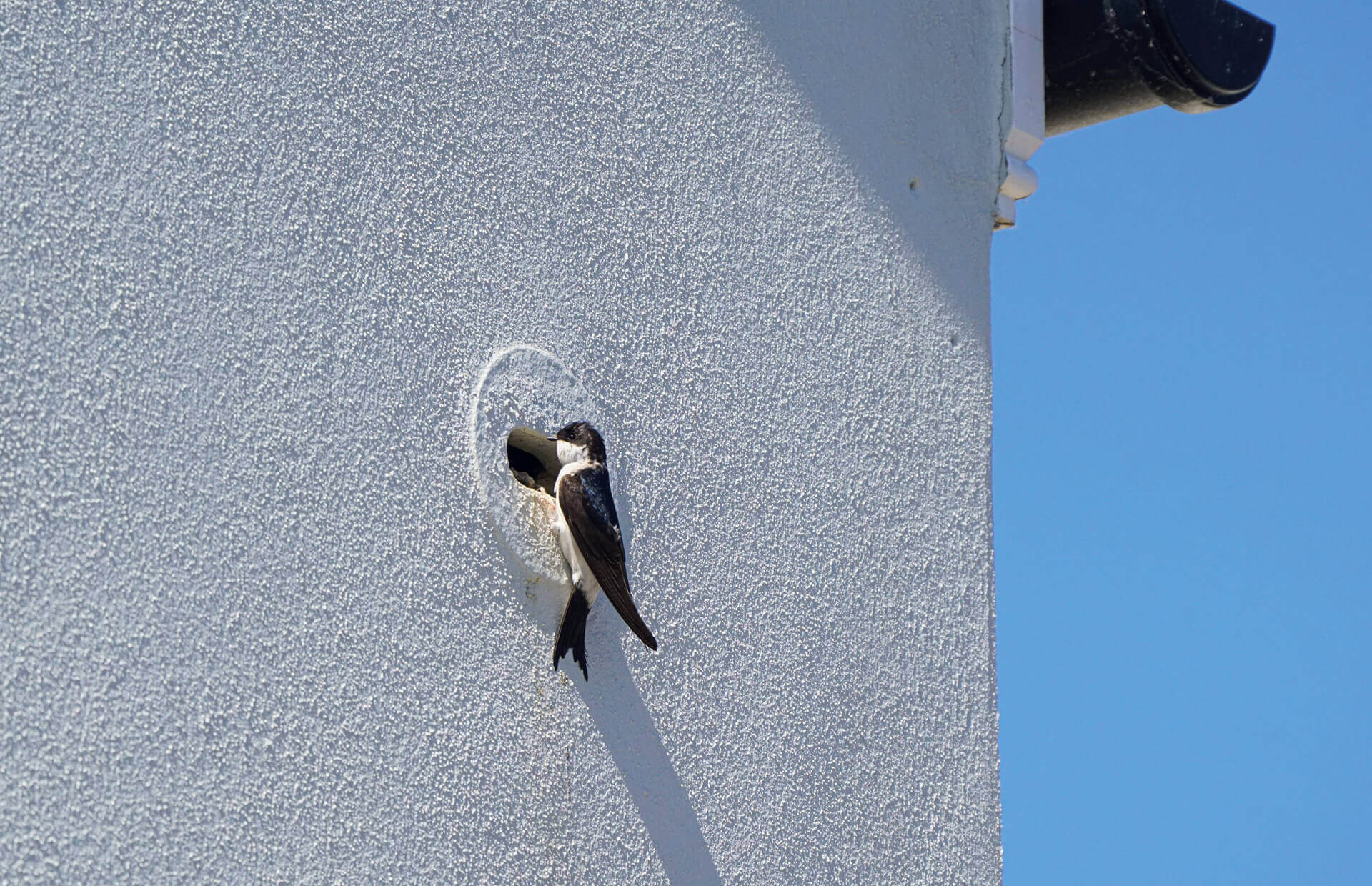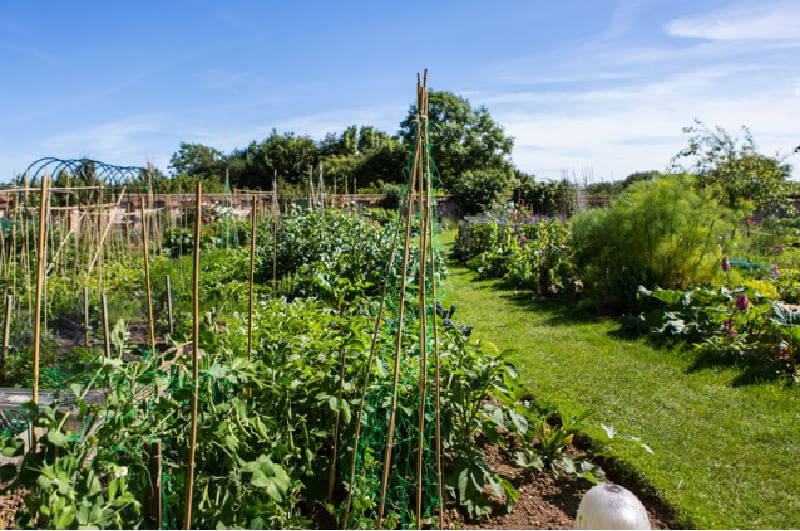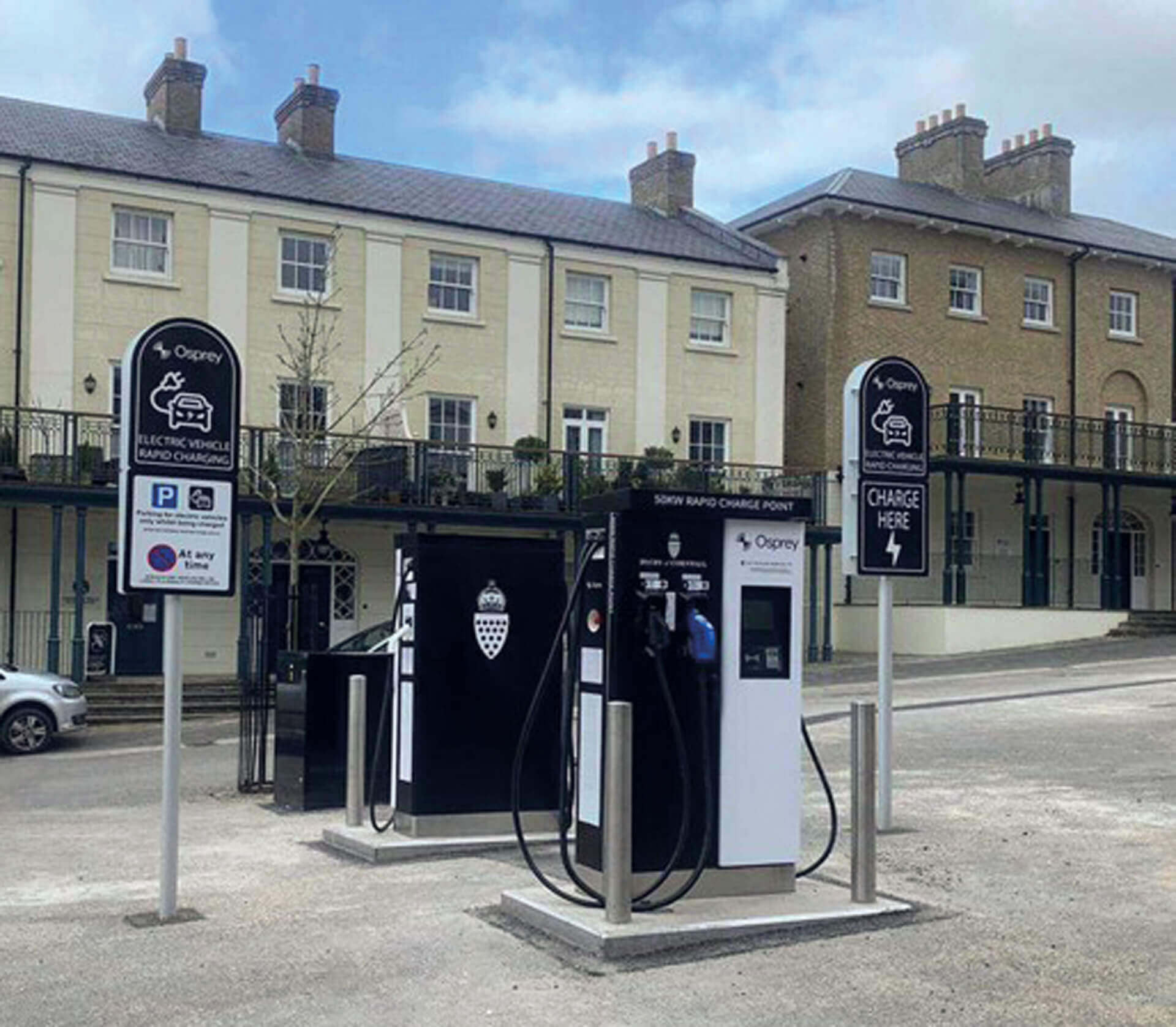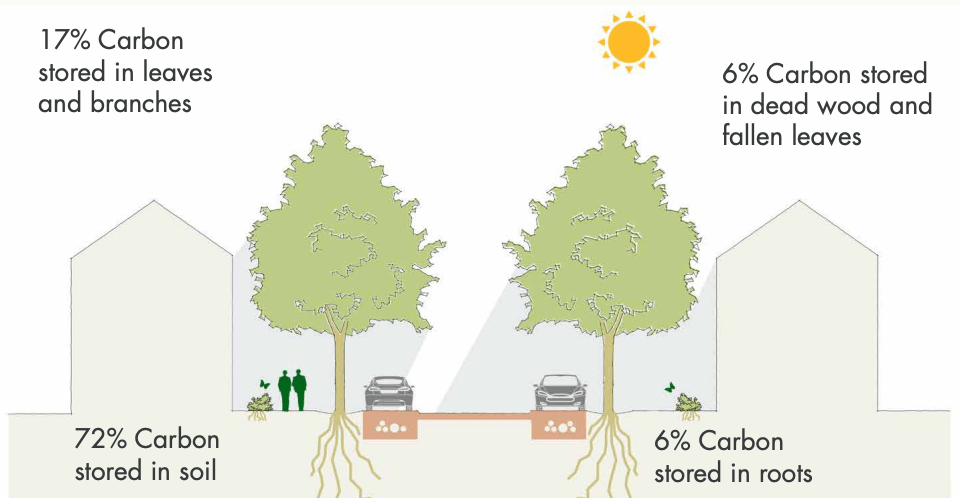Frequently Asked Questions
Our team is dedicated to ensuring clarity regarding our plans.
Below, you’ll discover answers to the most commonly asked questions about our new neighbourhood.
If you have any additional questions not addressed below, please feel free to contact us here.
The Duchy of Cornwall is proposing a new neighbourhood in Faversham, to the South East of the town.
It includes:
- 2,500 HOMES: Including 875 Affordable Homes including 437 for Social Rent. Emphasis on 2-and 3-bedroom homes, alongside key worker housing, private rental and later living options
- INFRASTRUCTURE IMPROVEMENTS: New healthcare facilities, primary school, local shops and investment in secondary schools
- HIGHLY ENVIRONMENTAL AND SUSTAINABLE: Water recycling centre, renewable energy and EV charging points for every property
20% INCREASE IN BIODIVERSITY of flora and fauna and new wildlife habitats - 50% GREEN SPACE: Including gardens, parks, meadows, allotments, green streets and sports facilities
- IMPROVED TRANSPORT LINKS: Improvements to M2 J6 and J7, Hopper bus, A2 bus stops, plus new pedestrian and cycle crossings on A2
- NEW EMPLOYMENT: New jobs and office and industrial space for local businesses
- LOCAL ARCHITECTURE: Designed to complement existing Faversham architecture. Using local builders, suppliers and materials.
A planning application was submitted to Swale Borough Council in 2024 and it will be determined by the Council’s Planning Committee in 2025.
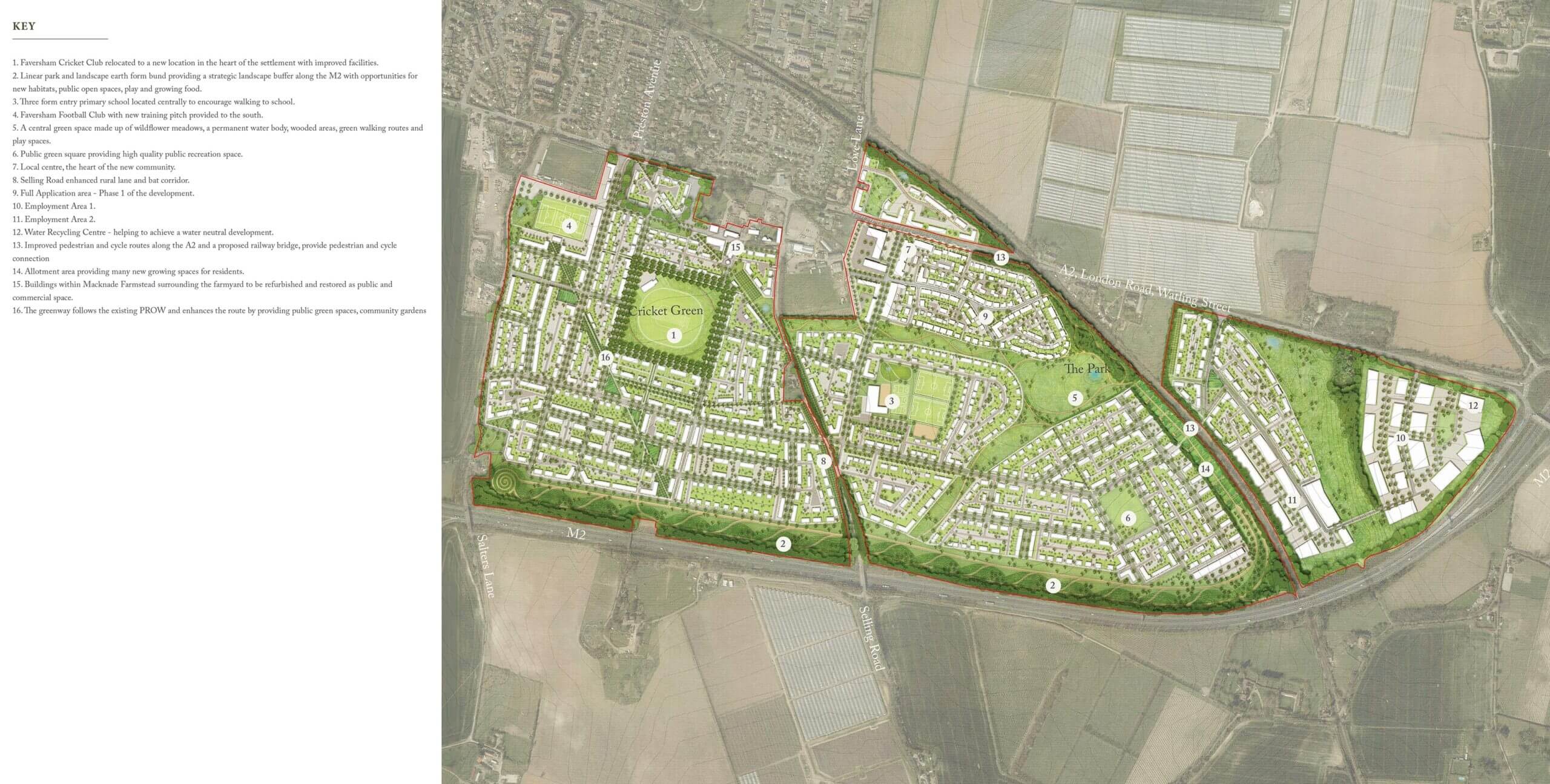
The Duchy is proposing a new neighbourhood to help address housing shortages in the town by providing beautiful, high-quality housing and supporting infrastructure that will complement the unique historic character and identity of Faversham.
There is a need for a variety of homes within Faversham. The Housing Market Assessment for Swale Borough states:
‘There is a shortfall of housing in Swale Borough, and this is reflected in high property prices and unaffordability in the local housing market.’
The lack of housing has led to huge costs for Swale Borough Council. Temporary housing costs have more than doubled over the past four years, with this year’s costs predicted to be £4.5 million.
Our planning application is in direct response to Swale Borough Council’s invitation to put forward proposals to address the need for housing in the area. The Council identified our land as the most sustainable location to grow Faversham.
The National Planning Policy Framework (NPPF) asks local planning authorities to consider agricultural land quality when deciding which sites are most appropriate for development.
The availability of land for development in Swale is highly constrained. Unfortunately, there is a significant shortage of brownfield land locally to accommodate the necessary growth to meet the demands of both residents and local businesses. There are also environmental and landscape designations, such as flood zones, to be considered.
As a result, Swale Borough Council identified the land at South East Faversham as the most suitable site for Faversham’s future growth.
While developing on agricultural land is not the preferred choice for a rural estate like the Duchy of Cornwall, the pressing and growing demand for more homes locally has compelled us to act.
Our commitment to land stewardship and farming across all of the Duchy Estate dictates our approach to this new neighbourhood; it will be landscape led with a broad range of opportunities for the community to engage with horticulture.
50% of the land in South East Faversham will be green spaces and this will be managed to enhance soil health and biodiversity. We will ensure the land remains a place for cultivation. Alongside parklands and tree-lined streets, we intend to establish community orchards and allotments. These have been very successful at our other neighbourhoods in Poundbury and Nansledan.
There is a pressing need for a diverse range of new homes within Faversham, including affordable and social rent properties and private housing of various sizes, to ensure people have a range of options to select the home that best suits their needs.
Our masterplan is crafted to alleviate housing shortages in Faversham by introducing beautiful, high-quality homes that seamlessly blend with the town’s unique historic character and identity.
At least 875 affordable new homes will be provided, of which 437 will be social rented, to support members of the local community – designed to the same exceptional standard as market-rate homes.
The housing mix has been carefully considered and will provide the sizes and types identified as necessary by Swale Borough Council.
outh East Faversham will be a sustainable extension to the historic town of Faversham.
The A2 in its current form, along the northern edge of South East Faversham, poses a challenge for pedestrians and cyclists due to high traffic speeds. To make it safer, we are planning new crossings over the A2 alongside other traffic management and calming measures.
These safe connections not only provide pleasant routes to the town centre for pedestrians and cyclists but also help reduce car journeys, pollution and traffic congestion.
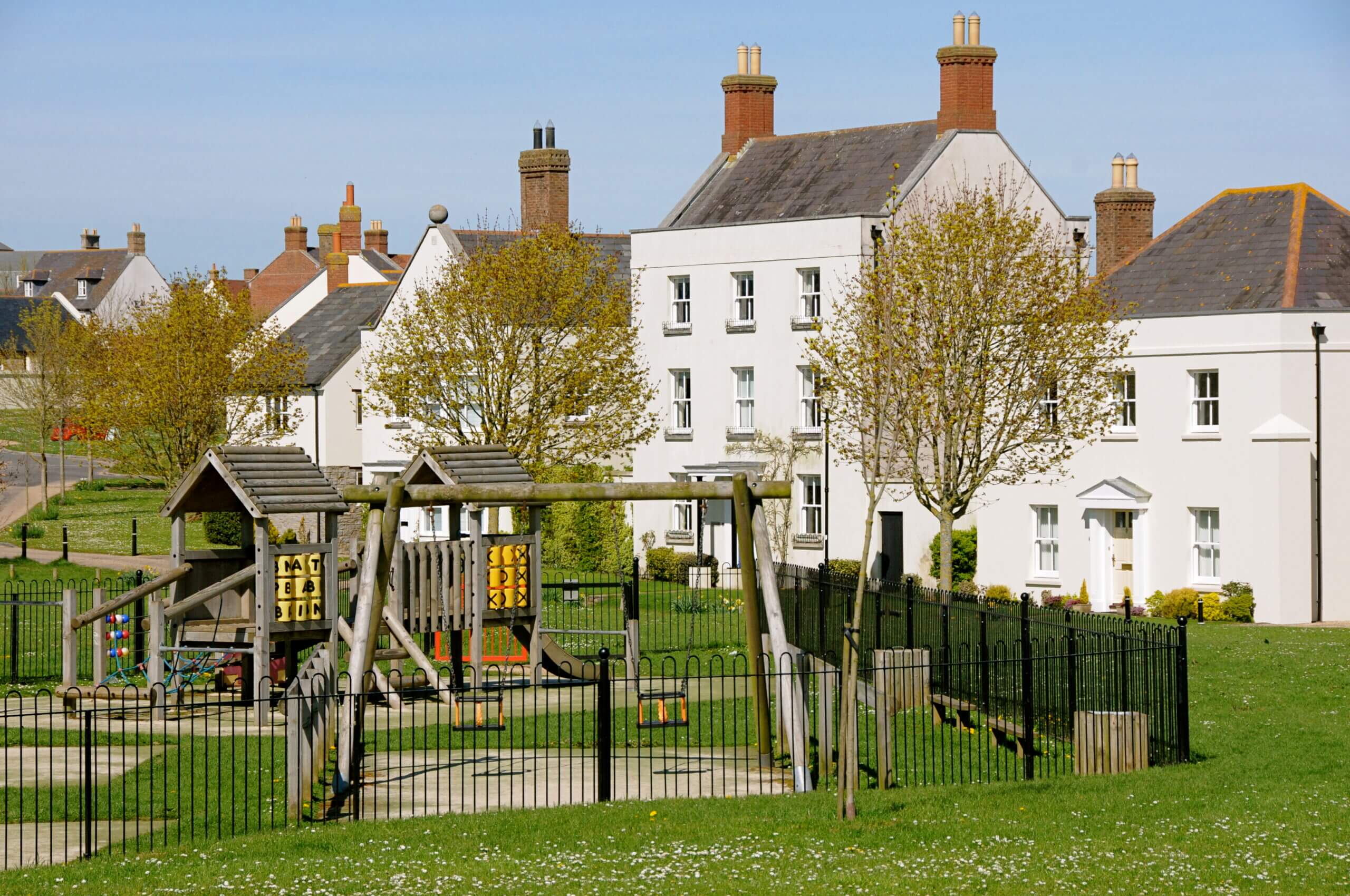
There is an acute and growing need for more homes, including affordable homes for local people. Swale Borough Council has identified Duchy of Cornwall land in South East Faversham as the most suitable location for the future growth of the town.
The shortage of housing extends across Faversham, Swale Borough and the rest of the country. It has led to rising house prices and rents.
- We will help all individuals and families who are looking for secure housing
- We will build at least 875 affordable homes, with 437 homes for social rent, at South East Faversham
- We will help aspiring homeowners who have been priced out of the market by offering discounted open-market homes and shared ownership options
- We are also considering the needs of elderly residents by exploring affordable and private options for later living, care homes and extra care facilities.
The mix of market and affordable homes includes:
- 437 Social Rent Homes: Linked to local incomes, built for people and families on local housing waiting lists.
- 475 homes will be shared ownership and discounted open market options offering an accessible route for individuals and families to step onto the property ladder:
- Discounted Open Market Homes: First time buyers with a local connection to Swale borough can buy a home discounted by 30% against the market value
- Shared Ownership Homes: Allowing local buyers to purchase a share of their home, whilst paying an affordable and subsidised rent on the remaining share
- Key workers will also be prioritised for affordable housing, especially those who live and study locally, ensuring we can support the nurses, doctors, dentists and teachers Faversham needs to flourish.
- 2 and 3 Bedroom Homes: Providing more attainable choices for those who want to buy a property but who do not qualify for affordable housing.
- Later Living options: We are exploring options for homes for older residents. These homes will help residents stay active and social, with extra support available where needed. Our goal is to help older people to continue
living in the area, even if their needs change over time. One idea we’re considering is creating traditional almshouse-style communities, which combine houses and apartments to offer both independence and a sense of community.
We will be creating 2,500 homes – affordable and attainable for those who live in and around Faversham.
Our goal is to maximise the number of affordable homes so that we can be part of the solution in solving homelessness. A minimum of 875 will be earmarked as Affordable Housing, which is a technical planning term identifying housing options outside of full private market sale.
Our affordable housing includes shared ownership and discounted open market homes, also known as intermediate affordable housing, designed to offer young individuals and families a viable pathway onto the property ladder.
What Is A Discounted Open Market Home?
- Discounted open market homes are discounted by 30% against the market value
- These homes are strictly for first time buyers, those with a local connection to the area or on the housing waiting list.
- Did you know? The Duchy already does this in Poundbury where market homes are discounted by 30% from market value.
What Is A Shared Ownership Home?
- Shared ownership allows first-time buyers to purchase a share of their home
- The purchaser pays mortgage on the share they own whilst paying a subsidised rent to a housing association on the share they do not own
- People who live in shared ownership housing can eventually own 100% of their home through a process called ‘staircasing’.
Please get in touch if you have any questions by calling 0800 772 0475 (on weekdays between 9am and 5.30pm) or emailing [email protected].
We recognise the vital role key workers play in our local communities and aim to create a neighbourhood that attracts and supports them in South East Faversham.
In collaboration with Swale Borough Council, we will find ways to prioritise key workers, especially those who live and study locally, such as doctors, nurses, dentists and teachers, within the affordable housing nominations policy, ensuring they have access to suitable housing options.
With a focus on fostering skills development and employment opportunities, we have a strong history of collaborating with our development partners to promote apprenticeship programmes during and beyond the construction phase.
Additionally, we are committed to partnering with social enterprises and educational institutions to support the education, training and upskilling of local workers.
In collaboration with Kent County Council’s economic development officers, we will identify key areas for growth in emerging and innovative sectors, aiming to create job opportunities and bolster Faversham’s economy.
We will establish a new three-form entry primary school to accommodate 630 pupils, alongside contributions towards the expansion or creation of a secondary school.
The primary school construction is planned for phase two and expected to open in 2031.
Furthermore, we will also be providing a nursery facility, to ensure all children and families can benefit from our neighbourhood.

Biodiversity, the richness in nature and wildlife, is a crucial aspect of our scheme and we are very excited to be on track for achieving a 20% net gain in biodiversity on and off site.
Natural habitats make up a key pillar to our plans at South East Faversham and by increasing the level of biodiversity, people and nature can flourish together for generations to come.
To achieve the gain in biodiversity, we’re implementing these measures:
- Creating native hedgerows and shrubs, in addition to locally appropriate wildflowers and rich grasslands to build crucial habitats for pollinators and other invertebrates. These grasslands, in addition to capturing carbon, will also serve as foraging habitats and wildlife corridors, nurturing the species already identified on the land.
- Creating a complex mosaic of habitats, including new grasslands adjacent to native scrubby habitats, surpassing national requirements for Biodiversity Net Gain. This mosaic will benefit wildlife and provide spaces for residents to connect with nature.
- Establishing avenues, orchards, allotments, meadows, and wooded areas to create a shaded, green framework that encourages biodiversity. These areas will allow tree roots to interconnect through microbially rich soil, while surface water will be returned to the chalk aquifer, contributing to a healthier ecosystem.
- Incorporating features such as nesting boxes for birds and bee bricks to provide additional habitats for biodiversity.
A team of ecological experts is overseeing the assessment and management of ecological constraints and opportunities within our project.
Their expertise is helping us reach our target of 20% net gain in biodiversity. Extensive surveys have identified a diverse array of flora and fauna, including birds, bats, dormice, reptiles and invertebrates. Strategies are now being devised to safeguard and enrich habitats for these species and others throughout construction and for the future.
Ecological monitoring will be ongoing throughout the construction phase. Should any new ecological discoveries arise, we are committed to preserve and enhance these and the overall biodiversity within the area.
We are committed to building sensitively. Prior to undertaking any construction, we will proactively establish new habitats.
This approach will facilitate the seamless transition of existing wildlife to these new habitats, in accordance with their seasonal patterns.
Our ultimate aim is to expand natural habitats, thereby providing environments for existing and new wildlife to thrive.
All wastewater will be contained within our site.
We are pioneering a water recycling centre that delivers water neutrality for all new homes and businesses at South East Faversham – where wastewater will be treated on site and recycled for use within the development or reintroduced to the groundwater without entering the existing waterways or sewerage system.
Storm water will also be collected and filtered through chalk bed rock to the aquifer to replenish this natural underground reservoir.
Our new neighbourhood will start from the earth up.
The whole landscape is designed to facilitate sustainable drainage of soakaways, based on the principle of natural filtration.
It has been designed around soil, water and the centuries-old, local pattern of human relationship with the land. Avenues, orchards, allotments, meadows and wooded rides will link the houses together in a shaded, green framework.
Tree roots will be free to connect through a continuous microbially rich soil and surface water will be returned to a chalk aquifer.
Our plans aim to reduce the risk of flooding by carefully managing rainwater. Rainwater will be collected and naturally filtered through the chalk bedrock, which helps to prevent flooding and also refills the underground reservoir (aquifer) that provides drinking water. By getting the water, drainage and sewer systems right, we can better protect the area from any potential future flooding risks.
We understand the potential impact that South East Faversham and other future projects could have on traffic at Brenley Corner.
We are working closely with National Highways, Kent County Council, Swale Borough Council and other stakeholders to make sure that this important junction functions safely and efficiently as the area grows.
We will make investments to upgrade Junctions 6 and 7 as well as local roads to lessen pressure on traffic.
To help keep Brenley Corner moving, we will fund an additional new lane on the A2 Canterbury to Faversham approach to Brenley Corner, or contribute towards National Highways’ anticipated major upgrade to M2 Junction 7 if that scheme
is delivered first, to reduce congestion and improve traffic flow.
Additionally, we are planning a new road that will connect the A2 east of Love Lane with the A251 south of Tettenhall Way.
This will add much-needed resilience to the local road network, distributing traffic more evenly between Junctions 6 and 7, and taking pressure off Brenley Corner.
Following the model of our thriving neighbourhoods at Poundbury and Nansledan, we will locate parking bays and garages situated away from the main streets. This strategy, combined with pedestrian-friendly designs, has been proven to lead to low car usage and minimised on-street parking.
For homes, the expected parking spaces are:
1 space for 1- and 2-bedroom flats
1.5 spaces for 1- and 2-bedroom houses
2 spaces for 3- and 4-bedroom houses.
Each home will also have secure bike storage and the option to add an electric car charging point.
There will also be parking for non-residential areas like shops and businesses. This will include larger bays for disabled users and parents with children, and spaces for delivery vehicles, like vans and lorries.
The exact number of parking spaces follow the parking standards set by Swale Borough Council.

We have pinpointed specific areas along the A2 where traffic calming measures, including safe pedestrian and bicycle crossings, can be implemented and remain committed to working alongside our partners to deliver these.
We are collaborating closely with Kent County Council, National Highways and other stakeholders to develop plans for enhancing this road into a high-quality and safe route linking Faversham with our new neighbourhood.
Our team of specialist highway experts brings extensive experience in designing effective measures to manage traffic speed without disrupting its flow, facilitating safe pedestrian and bicycle crossings.
Every new home built will have a play area accessible within five-minute walking distance.
We have a proud history of delivering exceptional play areas that have received national recognition for their quality.
At Poundbury we created a hugely popular adventure playpark featuring 15-foot-high towers, suspended bridges and walkways and a large Medieval-style playhouse.
In Nansledan, we will establish a total of six adventure play areas, constructed using sustainable natural materials and inspired by a nautical theme.
Our first play space in Nansledan, completed in 2020, has elevated wooden huts connected by crawl tunnels and walkways, all nestled within a sprawling seaweed stick maze. It offers various features such as a clamber net, slide, log climb, rope bridge, swing, balance log and beams, wonky walkway, stepping stones and a toddler swing.
In South East Faversham, we will collaborate with the community. Children will be at the heart of this collaboration, so we can develop play areas that will be cherished and enjoyed by families throughout Faversham.
South East Faversham will have many green spaces, from smaller private gardens to large meadows for everyone, within the garden neighbourhood.
Once completed, approximately 50% of our neighbourhood will consist of high-quality and nature-friendly green spaces, meaning people and nature can thrive together. This includes avenues, orchards, allotments, meadows, community gardens and wooded paths, which will connect houses within a shaded, green framework.
Faversham Cricket Club will relocate its club ground to a central green space within the new neighbourhood, ensuring the club becomes an integral part of the new community. Plans include the construction of a new pavilion and facilities next to the cricket field, which will also serve as a versatile community space available for hire.
Additionally, Faversham Town Football Club will stay in their current location next to the A2 Canterbury Road. The Duchy will fund a new 3G Pitch on their main ground, enabling the club to continue growing its provision for players of all ages and abilities. As part of these plans, the Club will also establish a new training pitch on Duchy land to the south of their current grounds.
Alongside new facilities for Faversham’s cricket and football clubs, we aim to offer various other sports facilities. This includes a multi-use games area suitable for court sports and organising sports and recreational events within the neighbourhood’s green open spaces.
We are open to suggestions from the community about other sports they would like to see – feel free to share your ideas with us.
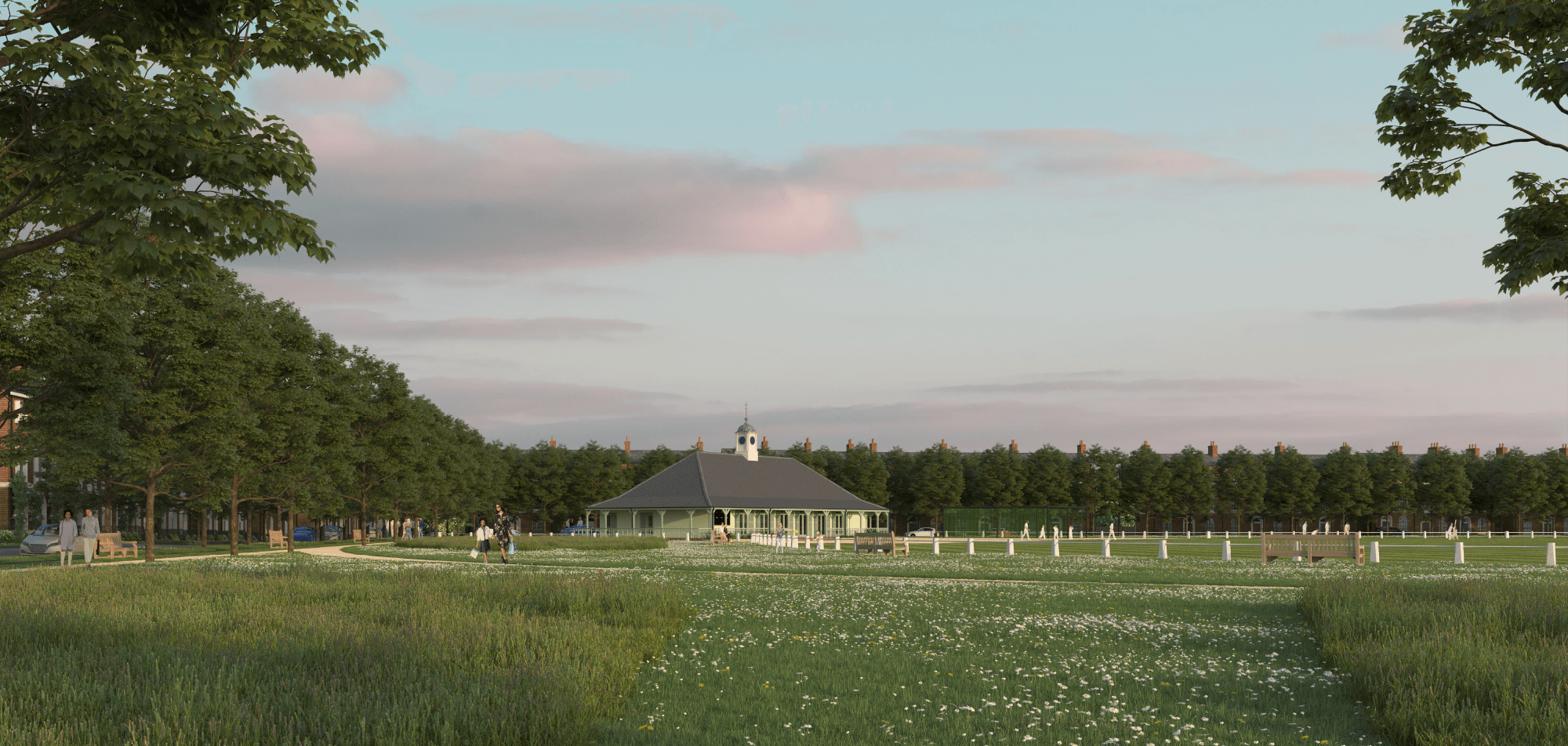
South East Faversham aims to deliver high-quality, Net Zero Carbon sustainable homes that are cost-effective to live in and produce low emissions while promoting health and wellbeing for both occupants and the wider community.
Working with local Small and Medium-sized Enterprise (SME) housebuilders, we will design homes that are nature-friendly, integrating bird boxes and bee bricks, and are built to the highest environmental standards.
For example, all homes will meet or surpass both the RIBA and LETI 2030 standards of low-carbon construction from day one, using sustainable local materials wherever practical. These standards set ambitious targets for all building types to help the UK achieve its 2050 Net Zero target.
The highly energy-efficient buildings will be powered by renewable energy sources such as solar PV (photovoltaics), heat pumps and communal battery storage solutions implemented to limit energy consumption and occupancy costs.
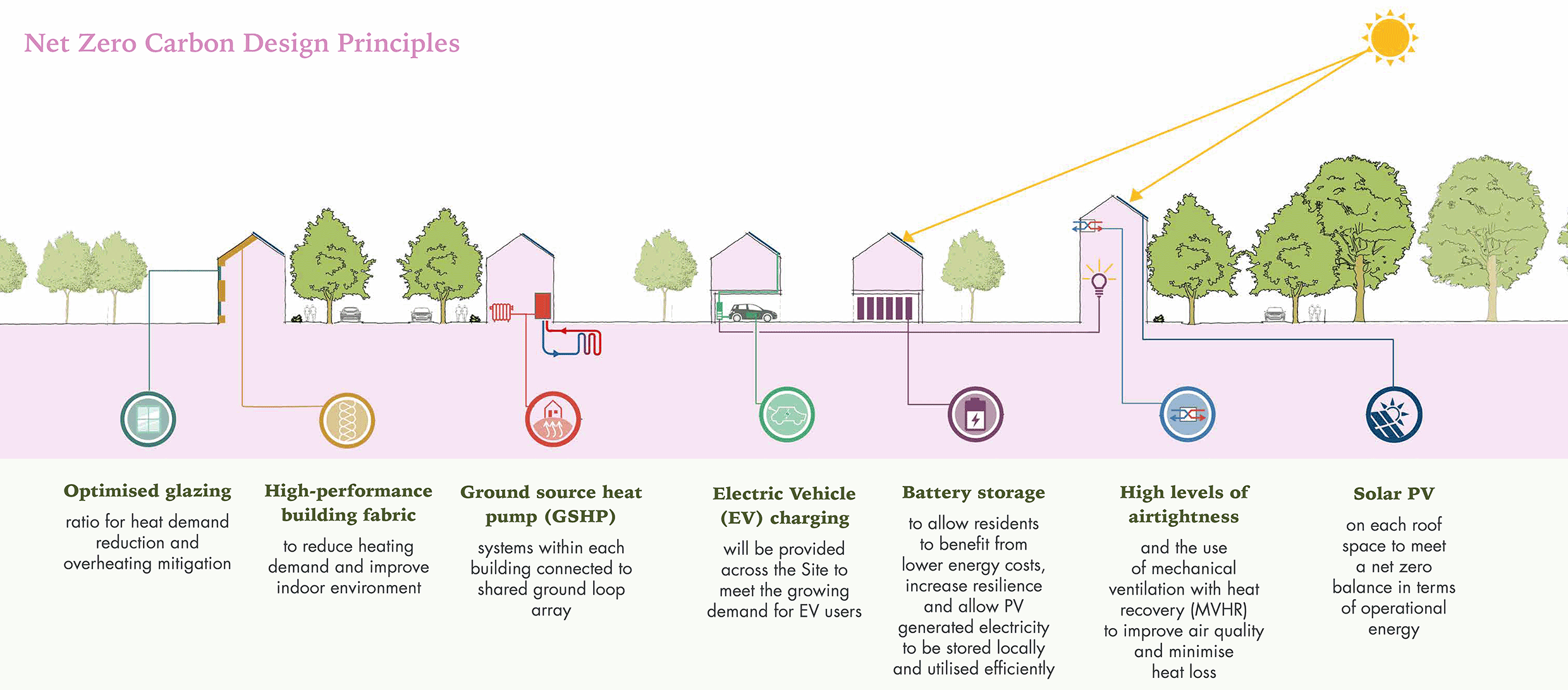
Our neighbourhood is carefully designed to safeguard against any potential exposure to heightened levels of air pollution. Along the boundary with the M2, we will establish woodland along the raised ‘bund’ to serve as a natural buffer to both noise and air pollution, while also creating new habitats for local wildlife.
Our selection of street trees is based on their Urban Tree Air Quality Score, ensuring the air quality benefits of green infrastructure are optimised throughout the site. A comprehensive air quality assessment of both the site and our masterplan is currently underway to identify any potential adverse impacts and implement appropriate mitigation measures, thereby safeguarding the health of nearby residents and neighbours.
Glossary
Affordable Housing
Housing offered at below-market rates to meet the needs of individuals and families who cannot afford to buy or rent at full market prices. This includes social rent, affordable rent, shared ownership, and discounted open market homes.
Aquifer
An underground layer of water-bearing rock, sand, or gravel that stores and supplies groundwater. Aquifers are essential for public water supply and agriculture.
Biodiversity Net Gain (BNG)
A requirement for new developments to leave biodiversity in a better state than before. This involves creating or enhancing habitats to support wildlife and nature.
Brownfield Land
Previously developed land that is no longer in use. Prioritised for redevelopment to reduce the need to build on undeveloped greenfield land.
Bund
A raised embankment or strip of land used to reduce noise and air pollution.
Discounted Open Market Homes
Discounted Open Market Homes are properties sold at a reduced price, here 30% below their market value, to make homeownership more accessible to eligible buyers, such as first-time buyers or those with a local connection.
Greenbelt Land
Land designated to prevent urban sprawl, protect the countryside, and preserve the character of rural areas. Development on greenbelt land is strictly controlled.
Greenfield Land
Land that has not been built on before, typically agricultural or natural in an urban or rural area.
LETI Standards
Guidelines for designing low-energy, sustainable buildings to achieve net zero carbon by 2030, focusing on energy efficiency and renewable technologies.
Local Plan
A document prepared by local planning authorities setting out the vision and framework for land use and development in an area, including housing, transport, and conservation policies.
National Planning Policy Framework (NPPF)
The NPPF sets out the Government’s economic, environmental, and social planning policies for England. It provides guidance to local planning authorities and developers to deliver sustainable development, balancing economic growth, environmental protection, and social wellbeing to create well-designed and sustainable communities.
Net Zero Carbon
A target where carbon emissions are reduced as much as possible, with any remaining emissions offset through measures like renewable energy or carbon capture.
Private Sale/Market Sale
Homes sold at full market value, typically purchased outright or through standard mortgage financing, without affordability measures.
RIBA Standards
Design and construction guidelines set by the Royal Institute of British Architects, aiming to achieve high-quality, sustainable buildings that support low-carbon living.
Shared Ownership
A housing scheme where buyers purchase a percentage of a property (e.g., 25%-75%) and pay an affordable rent on the remaining share.
Sustainable Drainage Systems (SuDS)
Sustainable drainage systems (SuDS) are designed to manage surface water in a way that works with natural processes rather than relying solely on pipes and sewers. By allowing water to filter through the ground or flow into specially designed features like swales, ponds, or permeable surfaces, SuDS help reduce flooding, improve water quality, and create green spaces that benefit both people and wildlife.
Urban Tree Air Quality Score
A measure of how well tree species improve air quality, guiding tree selection to maximise environmental and health benefits.
Water Recycling
The treatment and reuse of wastewater for purposes such as irrigation or toilet flushing, helping conserve water and achieve water neutrality.

